businesses and developers have access to various service models, each designed to cater to specific needs. Infrastructure as a Service (IaaS) is one of the core cloud computing models, but how does it compare to Platform as a Service (PaaS) and Software as a Service (SaaS)? In this article, we’ll explore IaaS, its features, and how it differs from PaaS and SaaS, helping you determine the right choice for your business.
What is IaaS?
Infrastructure as a Service (IaaS) is a cloud computing model that provides virtualized computing resources over the Internet. Instead of purchasing and maintaining physical servers, businesses can rent resources such as virtual machines, storage, and networking from a cloud provider. This model is highly scalable, cost-efficient, and flexible, making it ideal for businesses that require dynamic infrastructure solutions.
Infrastructure as a Service (IaaS) is a cloud computing model that provides virtualized computing resources over the Internet. Instead of purchasing physical servers, businesses can rent cloud-based infrastructure, including virtual machines, storage, and networking on a pay-as-you-go basis.
IaaS offers high scalability, cost efficiency, and flexibility, making it ideal for businesses that need dynamic IT resources. Users have full control over their infrastructure, allowing them to install operating systems, and applications, and manage configurations.
Compared to PaaS (Platform as a Service) and SaaS (Software as a Service), IaaS provides the most control, making it suitable for enterprises, developers, and IT administrators. Major IaaS providers include AWS, Microsoft Azure, and Google Cloud Platform.
At Rackset, we offer scalable and secure IaaS solutions to help businesses optimize performance, reduce costs, and enhance reliability. 🚀
How is IaaS Different from PaaS and SaaS?
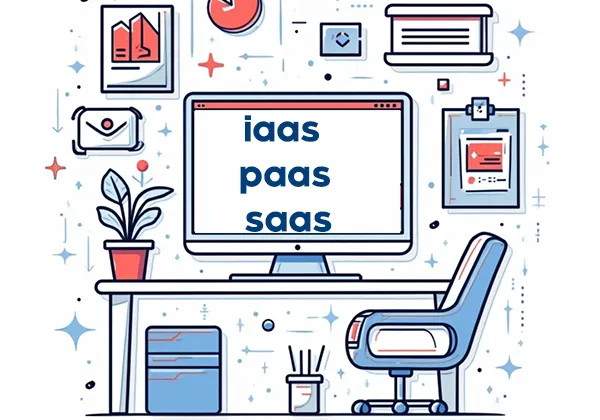
Cloud computing offers three main service models: Infrastructure as a Service (IaaS), Platform as a Service (PaaS), and Software as a Service (SaaS). Each of these models serves different purposes and caters to specific business needs. While IaaS provides the foundation for IT infrastructure, PaaS simplifies development, and SaaS delivers ready-to-use software solutions.
IaaS (Infrastructure as a Service) offers virtualized computing resources, including servers, storage, and networking. Businesses using IaaS can configure their own operating systems, databases, and applications, making it highly flexible and scalable. This model is suitable for enterprises requiring full control over their infrastructure while minimizing hardware costs.
PaaS (Platform as a Service) provides a development environment that includes pre-configured operating systems, middleware, and tools for application deployment. Unlike IaaS, developers don’t have to worry about maintaining the underlying infrastructure, making it ideal for software development and testing.
SaaS (Software as a Service) delivers fully functional software applications over the internet, eliminating the need for installation or maintenance. This model is the easiest to use for end-users since the service provider manages everything from infrastructure to security and updates.
In summary, IaaS offers raw infrastructure, PaaS provides a development platform, and SaaS delivers complete software solutions. Businesses must choose based on their needs—whether they require complete control, development tools, or ready-to-use applications.
Platform as a Service (PaaS)
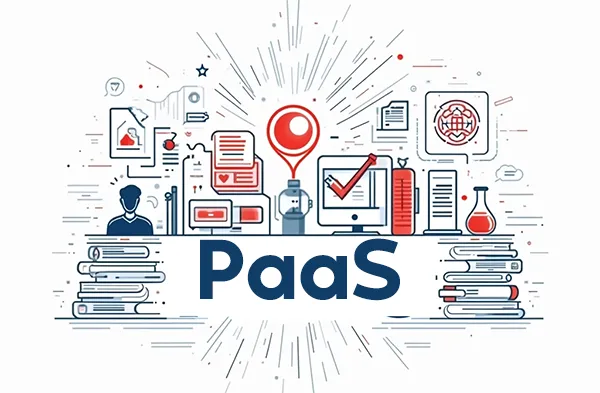
Platform as a Service (PaaS) is a cloud computing model that provides a ready-to-use development environment for building, testing, and deploying applications. It eliminates the complexity of managing infrastructure, allowing developers to focus on coding and innovation.
With PaaS, developers get access to cloud-based development tools, including frameworks, databases, and APIs. This makes it easier to build applications quickly without worrying about setting up servers or maintaining software dependencies. Popular PaaS providers include Google App Engine, Microsoft Azure App Services, and Heroku.
One of the main advantages of PaaS is its scalability. Businesses can scale applications automatically based on user demand, reducing costs and improving performance. PaaS also integrates with various third-party services, making it highly versatile.
However, PaaS has some limitations. Since the infrastructure is managed by the provider, businesses have less control over configurations. Also, there may be compatibility issues when migrating existing applications to a PaaS environment.
Despite these limitations, PaaS remains a popular choice for startups, enterprises, and developers looking to streamline application development without the hassle of managing infrastructure.
Software as a Service (SaaS)
Software as a Service (SaaS) is a cloud computing model that delivers fully functional applications over the internet. Instead of installing and maintaining software on local devices, users can access it through a web browser from any location.
SaaS is the most user-friendly cloud model, as the service provider handles everything—including software updates, security, and infrastructure maintenance. This makes it ideal for businesses that need quick and easy access to software without IT management overhead. Examples of popular SaaS applications include Google Workspace, Dropbox, and Salesforce.
One of the biggest benefits of SaaS is its cost-effectiveness. Companies only pay for what they use, often through a subscription model, reducing upfront costs. It also supports remote work, as users can access the software from anywhere with an internet connection.
However, SaaS also has some drawbacks. Since data is stored in the provider’s cloud, businesses may have concerns about data privacy and security. Additionally, customization options are often limited compared to on-premise software solutions.
Despite these concerns, SaaS is the best option for businesses that want fast, scalable, and hassle-free access to software applications without needing to manage infrastructure or updates.
Choosing Between IaaS, PaaS, and SaaS

Deciding between IaaS, PaaS, and SaaS depends on your business needs, technical expertise, and budget. Each model serves a unique purpose, and businesses must evaluate their requirements before selecting the right cloud service.
IaaS is ideal for businesses that need complete control over their infrastructure. It is best suited for IT teams that require custom configurations, high scalability, and secure data storage. Companies that host applications, large-scale websites, or enterprise IT environments often choose IaaS.
PaaS is best for developers and businesses focused on application development. It provides an environment where they can build and test applications without managing servers. PaaS is perfect for startups, agile development teams, and businesses looking to accelerate software deployment.
SaaS is the easiest and most convenient model for businesses that need ready-to-use software. It is ideal for small businesses, remote teams, and enterprises looking for cost-effective, scalable solutions without IT management responsibilities.
In many cases, businesses use a combination of all three models. For example, a company might use IaaS for storage, PaaS for development, and SaaS for customer relationship management (CRM). At Rackset, we offer cloud solutions tailored to different business needs, helping organizations leverage the power of cloud computing efficiently.
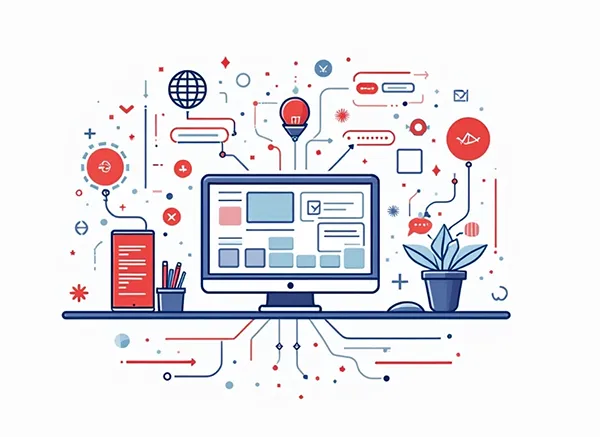
By understanding these models and their differences, businesses can make informed decisions about which cloud service best aligns with their operational goals and scalability needs. 🚀
Conclusion
Understanding the differences between IaaS, PaaS, and SaaS helps businesses and developers make informed decisions about their cloud computing needs. While IaaS offers maximum flexibility and control, PaaS simplifies development, and SaaS delivers fully managed applications. By choosing the right cloud model, businesses can improve efficiency, reduce costs, and scale effortlessly in today’s competitive landscape.
Looking for high-performance cloud solutions? Contact Rackset today to explore our hosting, server, and domain services designed for modern businesses!

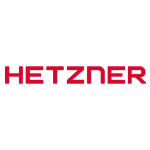
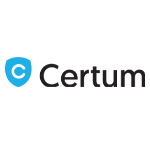
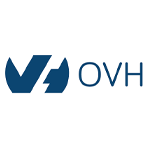
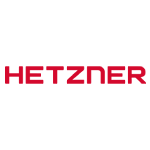
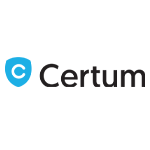

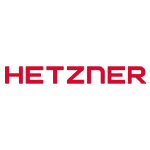
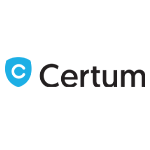
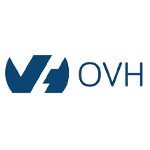
Leave a Reply